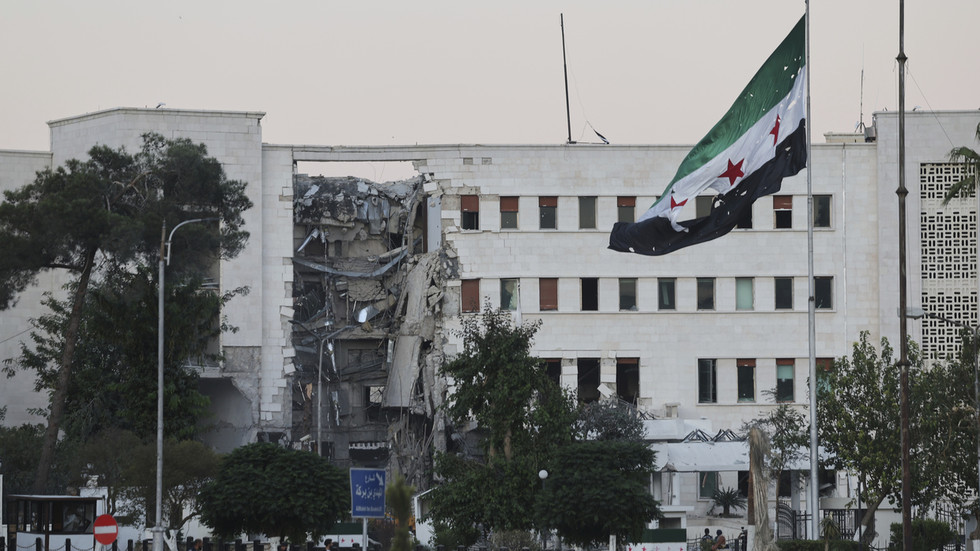The ongoing turmoil in Syria has taken a dramatic turn as interim president Ahmad al-Sharaa finds himself at a critical crossroads, facing mounting accusations of complicity in violent actions against civilians. As Israeli military intervention escalates tensions, al-Sharaa's position has become increasingly precarious. The Syrian leader is caught between the demands of a fractious internal landscape and the pressures exerted by external actors keenly observing the unfolding crisis.
Recently, a ceasefire
Did You Know
At birth, a baby panda is smaller than a mouse.
?
AD
agreement was brokered between Israel and Syria, reportedly facilitated by U.S. diplomatic efforts. This pivotal moment shines a faint light of hope on a region steeped in conflict. However, the fragile nature of the ceasefire raises concerns about its longevity, especially as both sides navigate the complex web of political and military interests at play. With backing from the United States, and support from Turkey and Jordan, this ceasefire could provide a much-needed pathway toward dialogue—if all parties exercise restraint.
Amid these developments, the phenomenon of cross-border movement persists, exemplified by Israeli Druze crossing into Syria as the ceasefire takes effect. These actions underscore the deeply human dimensions of the conflict, revealing the lives intertwined with the geopolitical strife. As al-Sharaa calls for calm and justice in response to the ongoing violence, the international community watches closely, understanding that the future of Syria—and the stability of the broader region—hangs in the balance. The need for effective leadership in these turbulent times has never been more urgent.
Q&A (Auto-generated by AI)
What triggered the latest ceasefire in Syria?
The latest ceasefire in Syria was triggered by escalating tensions due to Israeli interventions that reignited fighting. President Ahmad al-Sharaa's regime, facing internal pressures and external threats, sought to stabilize the situation, prompting a ceasefire announcement backed by the U.S., Turkey, and Jordan. This diplomatic effort aimed to reduce violence and restore some semblance of order in the region.
Who are the key players in the Syrian conflict?
Key players in the Syrian conflict include the Syrian government led by interim President Ahmad al-Sharaa, various rebel factions, Kurdish forces, and foreign actors like Israel, the U.S., Russia, Turkey, and Iran. Each entity has distinct interests, with Israel focusing on security against Iranian influence, while the U.S. seeks to balance its involvement to protect its interests in the region.
How does Israeli intervention affect Syrian politics?
Israeli intervention significantly complicates Syrian politics by influencing the balance of power. Israel's actions often aim to counter Iranian military presence and support for Hezbollah, which affects the Syrian government's strategies. This intervention can exacerbate sectarian tensions and create a volatile environment, as seen in the recent ceasefire negotiations influenced by Israeli military actions.
What role does the U.S. play in Syria's ceasefire?
The U.S. plays a pivotal role in facilitating ceasefires in Syria by leveraging its influence with both Israeli and Syrian leaders. The recent ceasefire announcement involved U.S. diplomacy, as the envoy to Syria helped broker an agreement supported by regional allies like Turkey and Jordan. This reflects the U.S.'s strategic interest in stabilizing the region and countering extremism.
What are the implications of al-Sharaa's leadership?
Ahmad al-Sharaa's leadership carries significant implications for Syria's future stability. As an interim president, his ability to navigate complex internal and external pressures is critical. His calls for calm and justice against violators of ceasefires indicate a desire to restore order, but his effectiveness is limited by ongoing violence and the influence of external actors like Israel and the U.S.

















